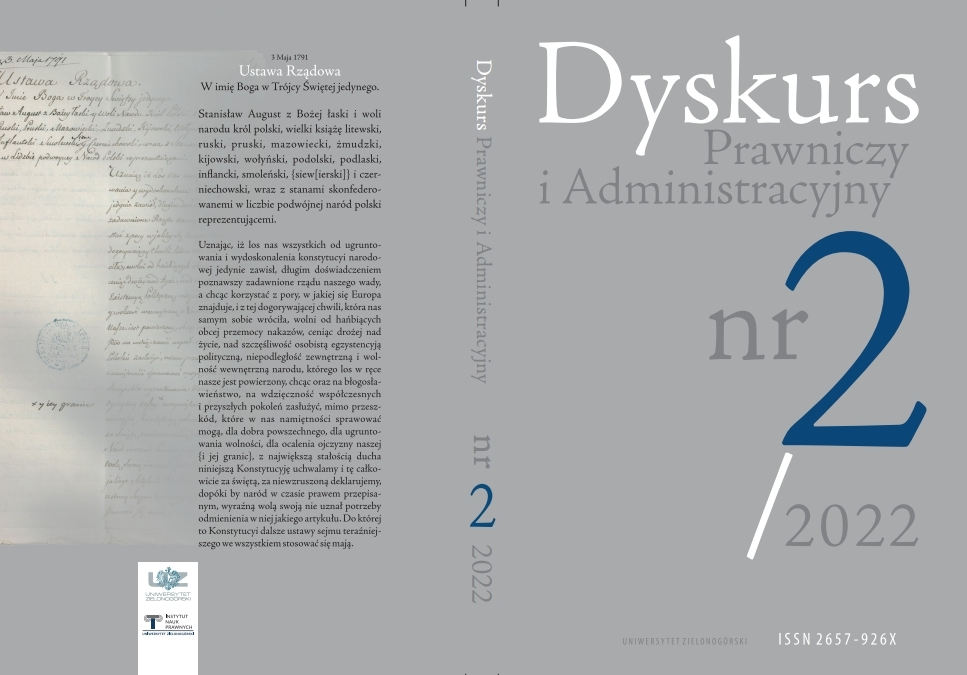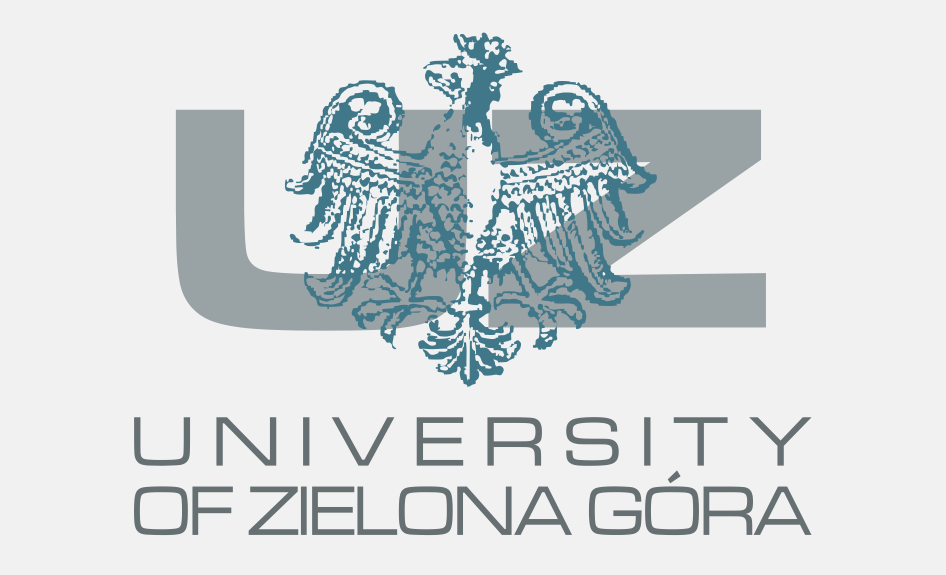The legal challenge of universal dark skies protection. Some comments on opportunities and limitations
Keywords:
dark skies protection, artificial light pollution, dark skies heritageAbstract
In public discourse, dark skies have long been considered as a common heritage of humanity
that is being lost due to uncontrolled, excessive, and harmful artificial light emissions. The
purpose of this paper is to identify an international model for the legal protection of dark skies. The
qualification of the dark skies as a separate element of legal protection is problematic, because of the
impossibility of defining its boundaries and territorial affiliation. However, the dark skies can be treated
as a unique element of the cultural, natural (or mixed) landscape, which creates the identity of a site,
giving it an outstanding universal value. The normative analysis included: The Convention Concerning
the Protection of the World Cultural and Natural Heritage, the European Landscape Convention,
and resolutions of international organizations whose mission is to protect dark skies. In addition,
the paper considers the source of the human right to dark skies as an inalienable human right, which
grows out of the right to a clean environment.
References
Cotte M., How can UNESCO World Heritage Criteria be applied to the “Windows to the Universe” Sites?, Proceedings of the International Astronomical Union 2015, no. 11(A29A).
Edensor T., Reconnecting with darkness: Gloomy landscapes, lightless places, “Social & Cultural Geography” 2013, no. 14(4).
Falchi F., Furgoni R., Gallaway T.A., et. al., Light Pollution in USA and Europe: The Good, the Bad and the Ugly, “Journal of Environmental Management” 2019, vol. 248.
Falchi F., Cinzano P., Duriscoe D., Kyba C.C.M., Elvidge C.D., Baugh K., Portnov B.A., Rybnikov N.A, Furgoni R., The new world atlas of artificial night sky brightness, “Science Advances” 2016, no. 2(6).
Gallaway T., Olsen R.N., Mitchell D.M., The economics of global light pollution, “Ecological Economics” 2010, no. 69.
Goronczy E.E., Light pollution in Metropolises. Analysis, Impacts and Solutions, Springer Fachmedien Wiesbaden GmbH, part of “Springer Nature 2021”.
Hamacher D.W., De Napoli K., Mott B., Whitening the Sky: light pollution as a form of cultural genocide, “Journal of Dark Sky Studies” 2020, vol. 1, preprint.
Handl G., The Human Right to a Clean Environment and Rights of Nature: Between Advocacy and Reality, [in:] A. Von Arnauld, K. Von der Decken, & M. Susi (eds.), The Cambridge Handbook of New Human Rights: Recognition, Novelty, Rhetoric, Cambridge 2020.
Hölker F., Wolter C., Perkin E.K., Tockner K., Light pollution is a biodiversity threat, “Trends in Ecology & Evolution” 2010, vol. 25, no. 12.
Hölker F., et al., The Dark Side of Light: A Transdisciplinary Research Agenda for Light Pollution Policy, “Ecology and Society” 2010.
Koller J.S., Thompson R.C., Riesbeck L.H., Light pollution from the satellites. Space Agenda 2021, Aeorospace 2020, Center for Space, Policy and Strategy. https://aerospace.org/paper/light-pollution-satellites.
Kovarik J., Sustainability and Natural Landscape Stewardship: A US Conservation Case Study, [in:] R. Brinkmann, S.J. Garren (eds.), The palgrave handbook of ustainability. Case study and practical solutions, The Palgrave MacMillan 2018.
Kyba C.C.M., Kuester, T., Sánchez del Miguel A., Baugh K., Jechow A., Hölker F., Bennie J., Elvidge Ch.D., Gaston K.J., Guanter L., Artificially lit surface of Earth at night increasing inradiance and extent, “Science Advances” 2017, no. 3(11).
Laureano P., From the monument to the people: the new landscape vision to manage ecosystems with traditional knowledge and its innovative use, [in:] Conference proceedings UNESCO, The International Protection of Landscapes, Florence, Italy, September 2012, vol. 19-21.
Lee W.H., What Does it Mean to Preserve Dark Skies?, [in:] United Nations Educational, Scientific and Cultural Organization, UNESCO Office in Mexico City, The Right To Dark Skies.
Loveridge A., Duell R., Abbari J., Moffat M., Night Landscapes: A Challenge to World Heritage Protocols, “Landscape Review” 2014, vol. 15(1).
Marin C., Starlight: a common heritage, [in:] D. Valls-Gabaud, A, Boksenberg, The role of Astronomy in Society and Culture. Proceedings IAU Symposium 2009, no. 260.
Mocior E., Franczak P., Hibner J., Krąż P., Nowak A., Rechciński M., Tokarczyk N., Typologia naturalnych krajobrazów efemerycznych w świetle dotychczasowych badań. Współczesne problemy i kierunki badawcze w geografii, vol. 2, Kraków 2014.
Myczkowski Z., Krajobraz kulturowy – fenomen integracji ochrony dziedzictwa kulturowego i przyrodniczego, “Wiadomości Konserwatorskie” 2018, no. 56.
Myga-Piątek U., Natural, anthropogenic and cultural landscape and attempt to define mutual relations and the scope of notions, “Prace Komisji Krajobrazu Kulturowego” 2014, no. 23.
Narisada K., Schreuder D., Light pollution and astronomy, [in:] K. Narisada, D. Schreuder (eds.), Light pollution. Handbook, Springer Netherlands 2004, p. 115.
Smith M.G., Session 21.6. Preserving Dark Skies and Protecting against Light Pollution in a World Heritage Framework, [in:] Proceedings of the International Astronomical Union 2015 [Online] 11 (A29A).
Solon J., Krajobraz jako przestrzeń integrująca różne podejścia do ochrony dziedzictwa przyrodniczego i kulturowego oraz kształtowania warunków życia społeczeństwa, [in:] S. Ratajski, M. Ziółkowski (eds.), Krajobraz kulturowo-przyrodniczy z perspektywy społecznej, Warszawa 2015.
Sperling N., The disappearance of darkness, [in:] D.L. Crawford (ed.), Light Pollution, Radio Interference, and Space Debris, ASP Conference Series 1991, vol. 17, IAU Colloquium 112.
Venkatesan A., Lowenthal J., Prem P., Vidaurri M., The impact of satellite constellations on space as an ancestral global commons, “Nature Astronomy” 2020, vol. 4.
Published
How to Cite
Issue
Section
Copyright (c) 2023 Katarzyna Szlachetko

This work is licensed under a Creative Commons Attribution-NonCommercial-NoDerivatives 4.0 International License.



